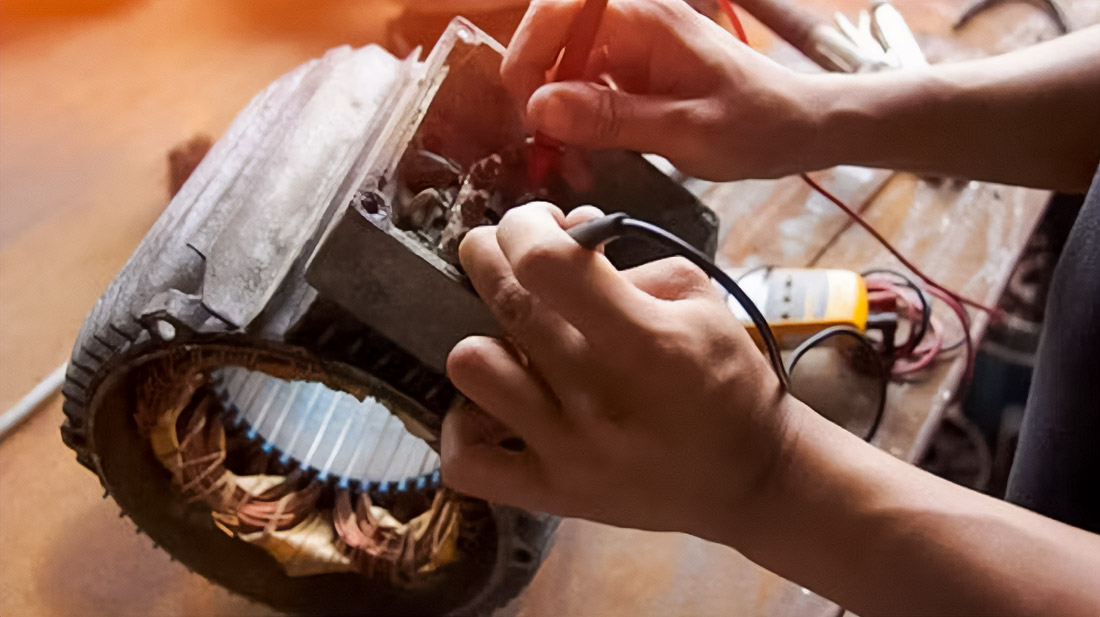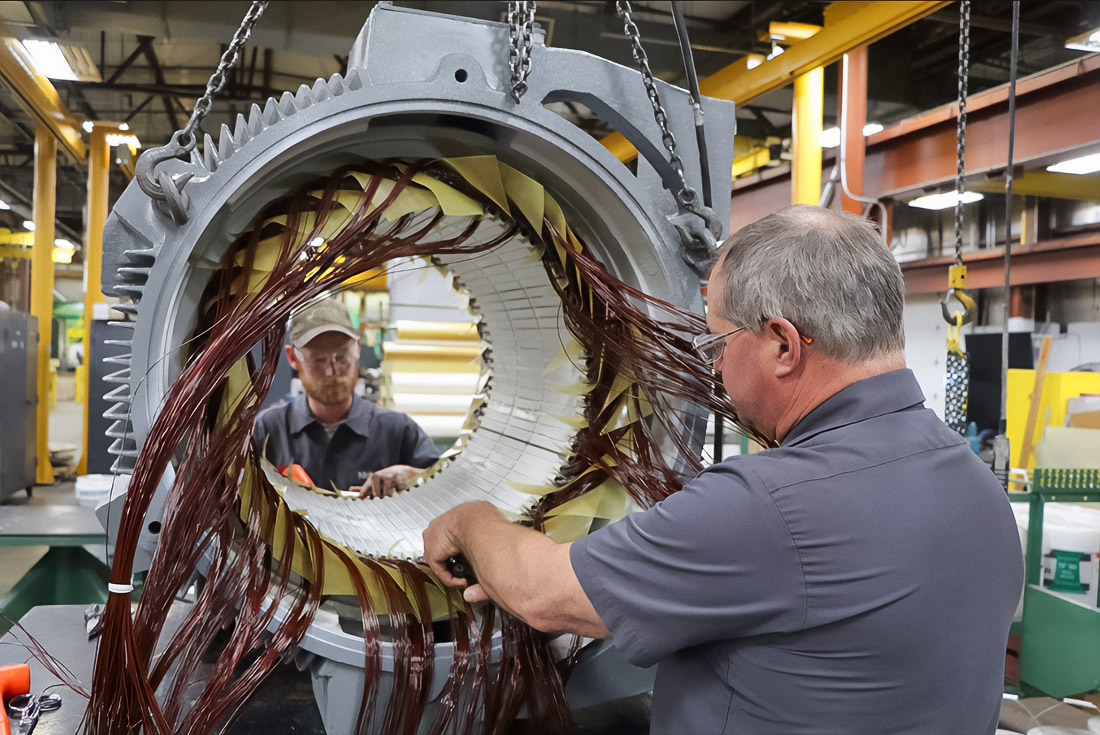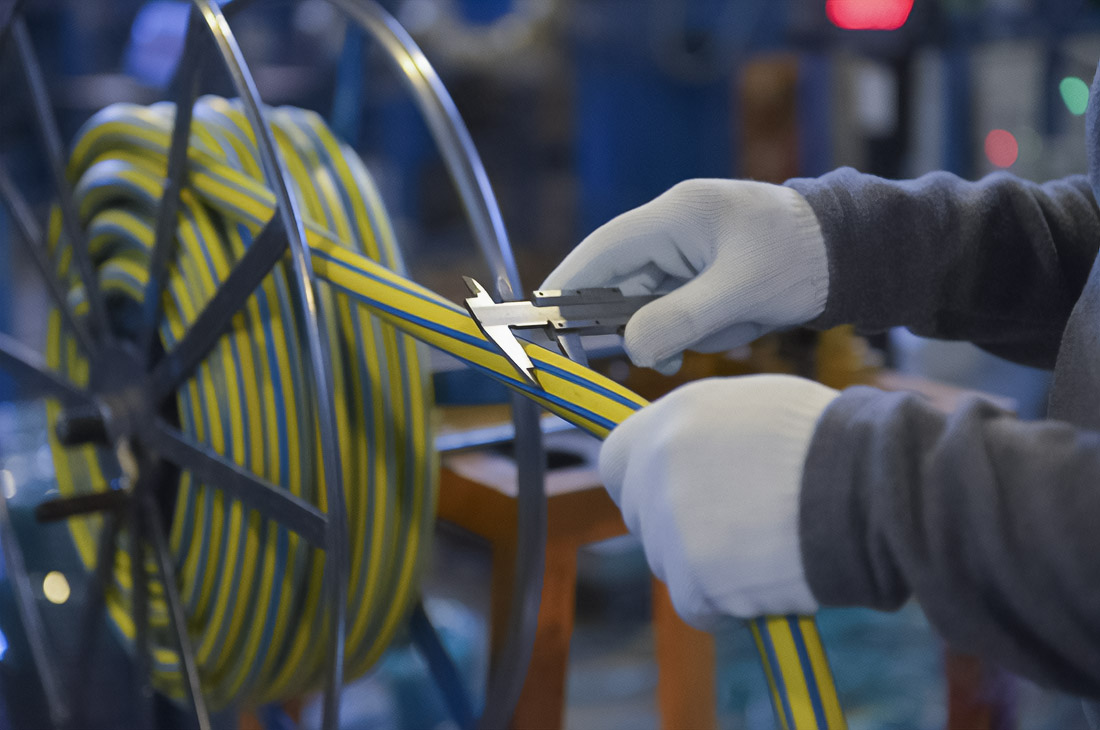Rewinding transformers — this technically complex process is critically important for their uninterrupted work and increased longevity. Problems often concern providing reliable insulation windings. Insulation is a key factor in the safe and effective operation of the transformer. Standard methods of insulation often do not withstand effects such aggressive factors as increased humidity, significant fluctuations in temperatures, or mechanical loads. These problems can lead to premature failure of transformer systems.
Vacuum impregnation, in these conditions, not only becomes an alternative but an often preferred method. This innovative technique contributes significantly to the improvement properties of insulation windings, increases their thermal conductivity, and provides protection from moisture. The present article highlights process vacuum impregnation, emphasizes its economic efficiency, and analyzes examples of successful applications of similar technologies in real conditions. Learn more about methods Ghaima Group.
Content of Page
Deep Dive in Process Vacuum Impregnation and Its Role
Vacuum impregnation — this high-tech process, during which windings are placed in a vacuum chamber, and special insulation composition penetrates the smallest pores and cracks the insulation layer under action high pressure. This ensures the complete filling of all air voids, which significantly improves insulation properties and reduces the likelihood of failures.
At the first stage of preparation, windings were thoroughly cleaned from any contaminants and placed in a vacuum chamber with low pressure. This step is extremely important: it allows the removal of even the smallest traces of moisture and air, which guarantees maximum efficiency in process impregnation. Insulation material in liquid form is then introduced in a chamber, where it evenly and under pressure fills all existing pores and voids. The final stage of impregnation is polymerization, which leads to hardening the material, providing its long service life and reliability in operation.
Main Advantages Vacuum Impregnation
- Significant improvement insulation characteristics: Vacuum impregnation allows achieve high density filling insulation materials, increasing their dielectric properties. This contributes to reducing the risk of electrical breakdowns and short circuits.
- Increase thermal conductivity: Used in process materials possess outstanding thermal conductivity, which contributes to better heat dissipation from windings. This, in turn, reduces their operating temperature and increases the overall efficiency of the transformer.
- Effective protection from moisture: Formed protective barrier protects the insulation from penetration moisture, which is especially relevant for conditions with high humidity and sharp changes in temperature.
- Increase mechanical strength: Process strengthens structure insulation, making it resistant to mechanical impacts and vibrations. This is especially important for transformers working in complex operating conditions.
Impact on Service Life and Costs on Operation

Using vacuum impregnation during rewinding transformers can significantly prolong the service life of their operation. With improved insulation and effective heat dissipation, such transformers successfully work in more complex operating conditions without undergoing the risk of overheating or electrical breakdowns. This significantly reduces not only the frequency of repairs but also operational costs.
Additionally, increased reliability work equipment reduces energy consumption and improves the efficiency of the energy system in total. Over time, this leads to significant savings on maintenance and repairs and also to the reduction of energy losses in the network. Additional information about transformers can find on Britannica.
Real Examples Successful Implementation

- Case 1: Industrial transformers in conditions increased humidity
- Case 2: Ensuring reliability on energy objects
On a large industrial complex located in a region with high humidity, traditional methods of insulation do not cope with protection from water. Switching to vacuum impregnation, the company reduced the frequency of failures in equipment and increased its reliability, reducing costs on repairs and maintenance by 30%.
Energy organization, facing regular overheating due to high loads on transformers, implemented vacuum impregnation. This improved thermal conductivity and reduced the number of emergency shutdowns, increasing the efficiency of transformers by 15%. More about extending service life transformers.
Potential Disadvantages and Limitations given Technology

Despite many undeniable advantages, at vacuum impregnation, there are some disadvantages. First of all, this method requires investments in specialized equipment and training personnel, which can increase the initial costs of implementation. Moreover, not all types of insulation materials are compatible with the given technology, limiting choice under various conditions of operation. However, thoughtful planning and choice of appropriate materials and technologies can reduce these problems.

